IT Solutions for ISO 27001 Compliance
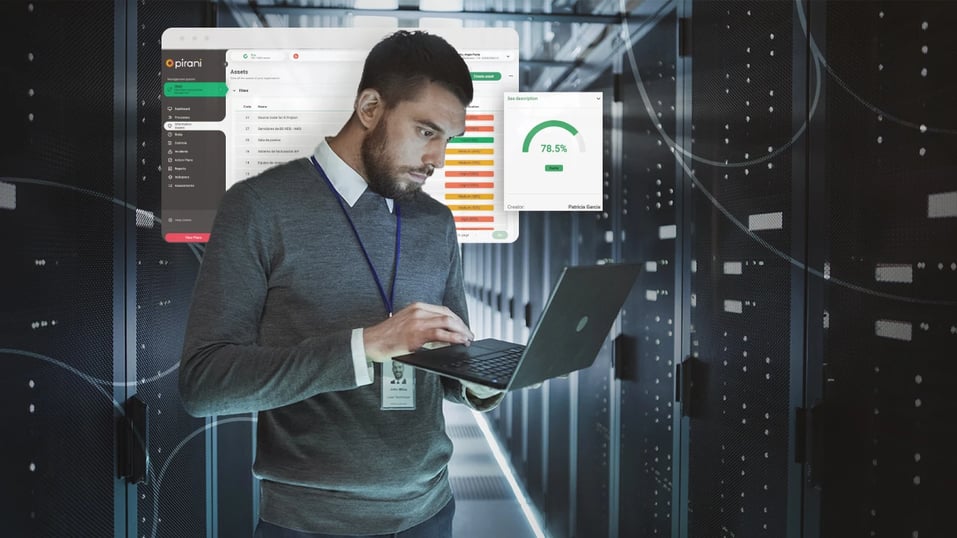
Business organizations must fit their operations and function within a rigorous framework that ensures the authentication, confidentiality, integrity, and availability of their most valuable asset: data. The average data breach cost for critical infrastructure organizations increased to 4.82 million dollars. Faced with this scenario, companies must implement parameters to correctly handle sensitive information generated in their production and commercial activities.
To guide the correct handling of company data, customers, employees, partners, and suppliers at an international level have set themselves the ISO 27001 certification, which allows them to implement an efficient Information Security Management System (ISMS) to mitigate the risks of exposure to cyber-attacks, data breaches, viruses, etc.
Find out today everything you need to know about the normative, what is ISO 27001, its objectives, controls, and how a technological solution could facilitate compliance.
Let's dive in!
What is ISO 27001?
ISO 27001 certification is an international standard that sets the mandatory parameters for companies to build, implement and maintain an information security management system (ISMS). These are legal mechanisms to ensure the security, privacy, and integrity of all information handled in a business environment.
The objective of this global standard is to set the best information security practices so that companies are protected against external malicious actions that represent potential risks by affecting or exposing the information of their activities, employees, suppliers, and customers, such as leakage, violation, theft or misuse of data, cyber-attacks, hacking, viruses, espionage, etc.
ISO 27001 risk assessment domains
The innovation of the standard set in 2022 is that it establishes 14 key domains that indicate the security areas that must be addressed:
- Information security policies.
- Information security organization.
- Human resources security.
- Asset management.
- Access control.
- Cryptography.
- Physical and environmental security.
- Operations security.
- Operations security.
- System acquisition, development, and maintenance.
- Vendor relations.
- Information security incident management.
- Information security aspects of business continuity management.
- Compliance.
However, the breadth of the standard's 14 security domains makes it an overwhelming and complex task for organizations to comply thoroughly with the best practices set out in the standard. To achieve effective compliance, companies often turn to IT risk management solutions.
Let's see how they work!
How to meet ISO 27001 requirements through IT solutions
There are IT tools that simplify compliance with ISO 27001 requirements and whose integration allows you to create a more effective ISMS, as they automate risk management processes through machine learning algorithms that protect data from threats, eliminating vulnerabilities in the internal workings that could expose assets if exploited by malicious third parties.
Read on to discover the critical steps of the implementation process!
Selection
There are some things to consider before selecting a technological solution to comply with ISO 27001 requirements. It is necessary to define the company's objectives and security needs and to assess the nature and internal and external processes involved in its operation, as well as the size and structure of the company. It allows you to choose a tool that can provide adequate support to implement an information security management system tailored to the organization.
Pro tip: try to be as specific as possible when establishing your security policy, your company's objectives and needs, and the scope of the ISMS. Look for solutions that allow for customized configuration.
Configuration
An excellent technological solution for risk management is adapted to consider the course of action set out in the general framework criteria, the company's objectives, and the regulations to be complied with. However, it requires a previous risk analysis and identification of potential threats and weaknesses that may expose the organization. In addition, it is necessary to define the probability of the risk occurring and the impact that it would have on the company.
Pro tip: select supplier companies offer quick training so that all team members are on the same page and take an active and responsible part in compliance.
Functioning
The technological tools that support ISO 27001 compliance favor continuous communication between teams monitoring and controlling each process to detect vulnerabilities and issue alerts in real time, classify the level of risk, and offer suggested solutions for each one.
Maintenance and improvement
This risk management is based on a metrics system of the controls established by the standard and those additional controls required by the company. From there, the company executes continuous audits and ISMS performance reports to see the weak points and what is working and what is not.
So, it can make the necessary corrective decisions to improve.
Bonus
According to the ISO 27001 risk assessment, an efficient ISMS must focus on four key points:
- Availability of information: the data is protected against violent or malicious access by third parties.
- Confidentiality: that access is limited to authorized personnel.
- Integrity: that the data kept for each activity and record is reliable.
- Authentication: that the information the client and the employee provided is correct.
Conclusion
Relying on a suitable technology solution can ease the burden on companies to implement good information-handling practices. Options such as Pirani allow them to improve their efficiency in adopting a good security policy and setting regulatory and business criteria that safeguard their most important asset.
This solution allows them to plan, adapt, assess, and continuously improve their ISMS for proper ISO 27001 compliance in a fully automated way, reducing costs and the manual workload of risk managers. The platforms centralize and simplify information processing in one place to organize the data received in a single and secure access point.
You May Also Like
These Related Stories
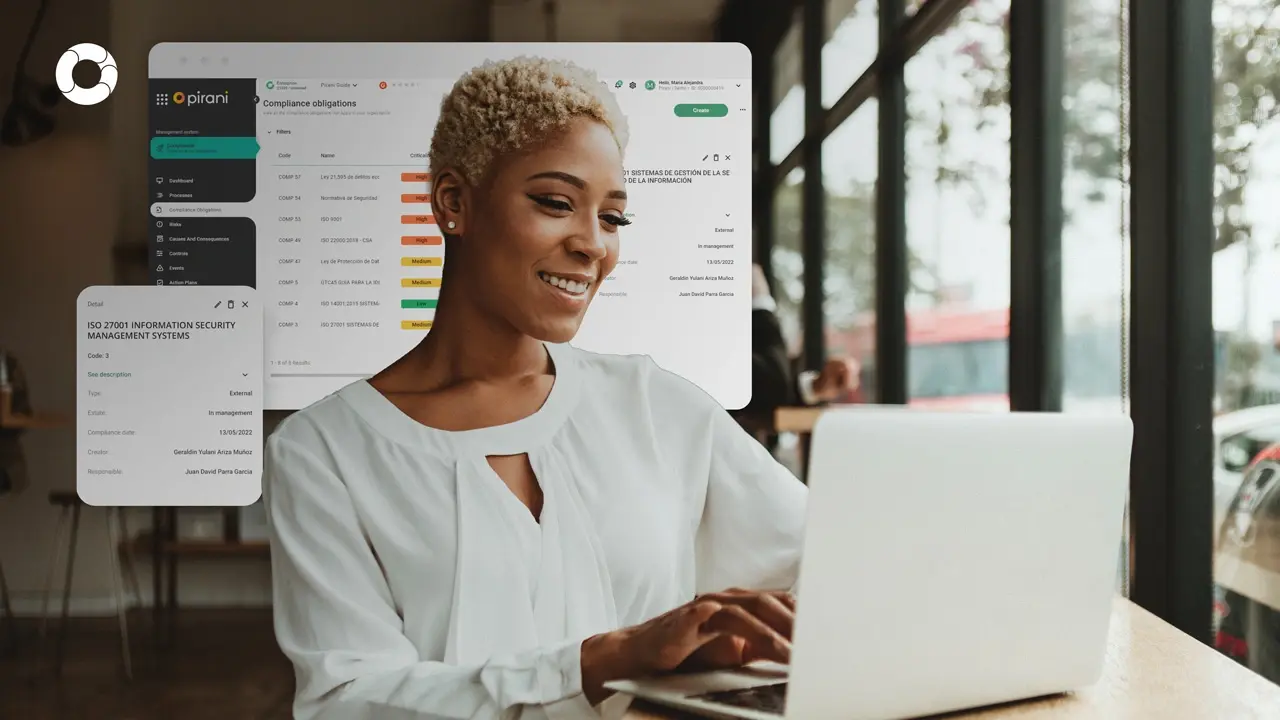
Meeting Requirements: New ISO 27001 Standards
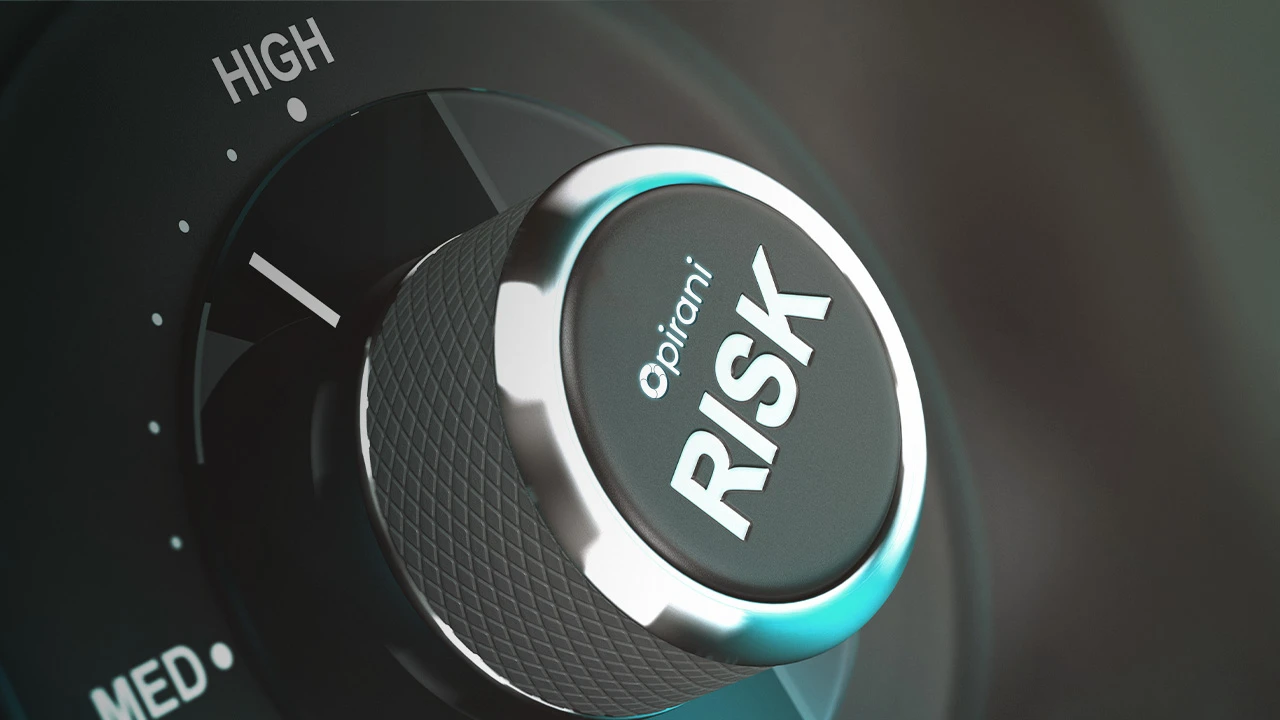
Top 5 Operational Risks in 2023 for U.S. Organizations

Importance of key indicators in risk management
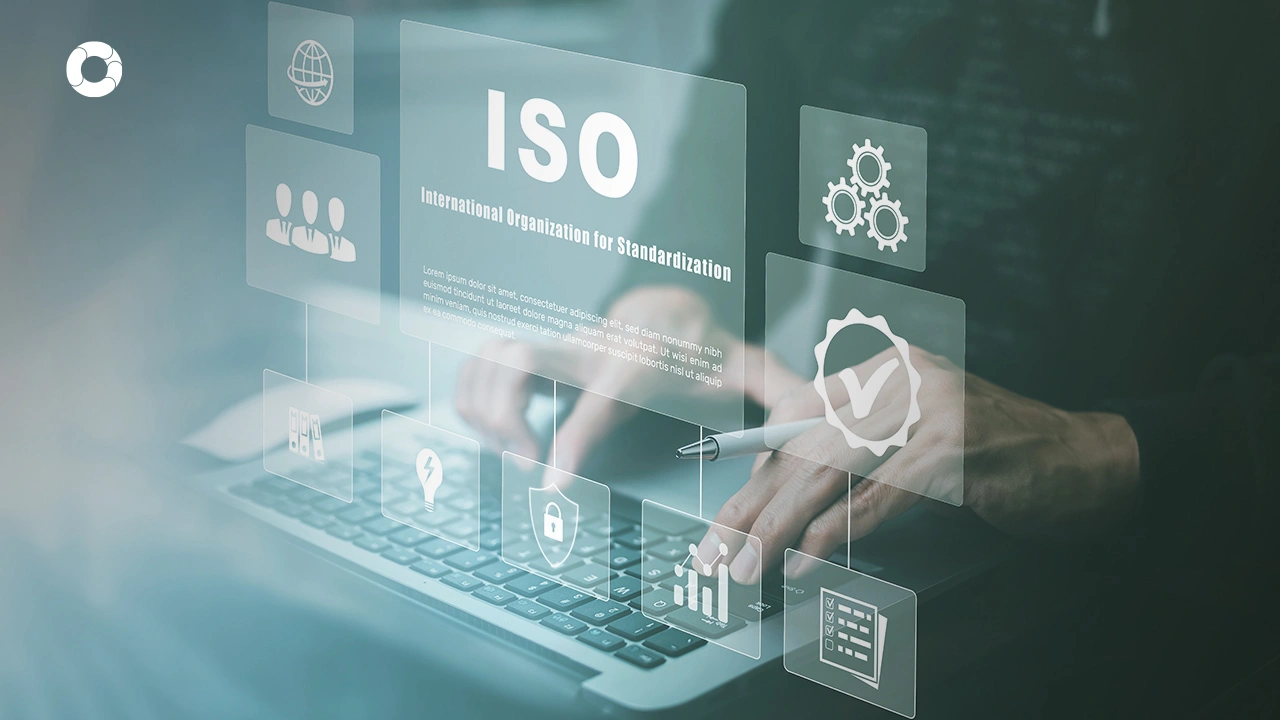
Classification and management of information assets

Using GRC Software to Streamline Governance, Risk, and Compliance
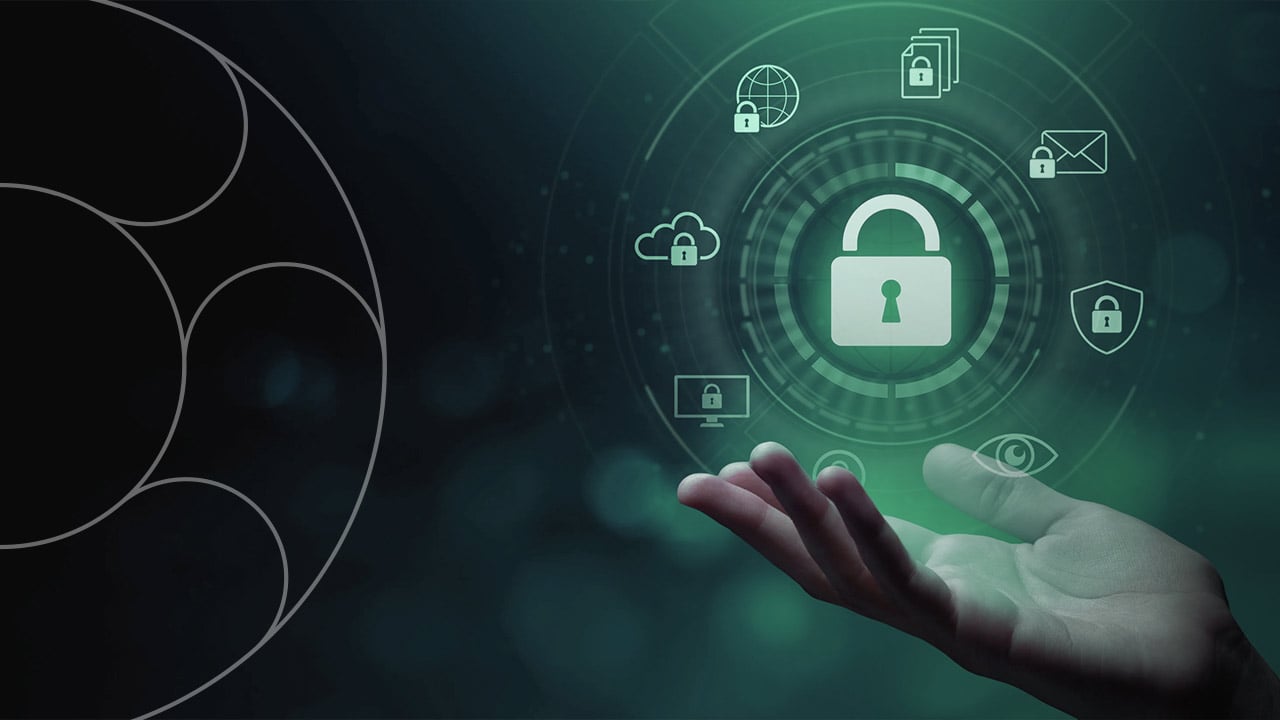


Comments (1)